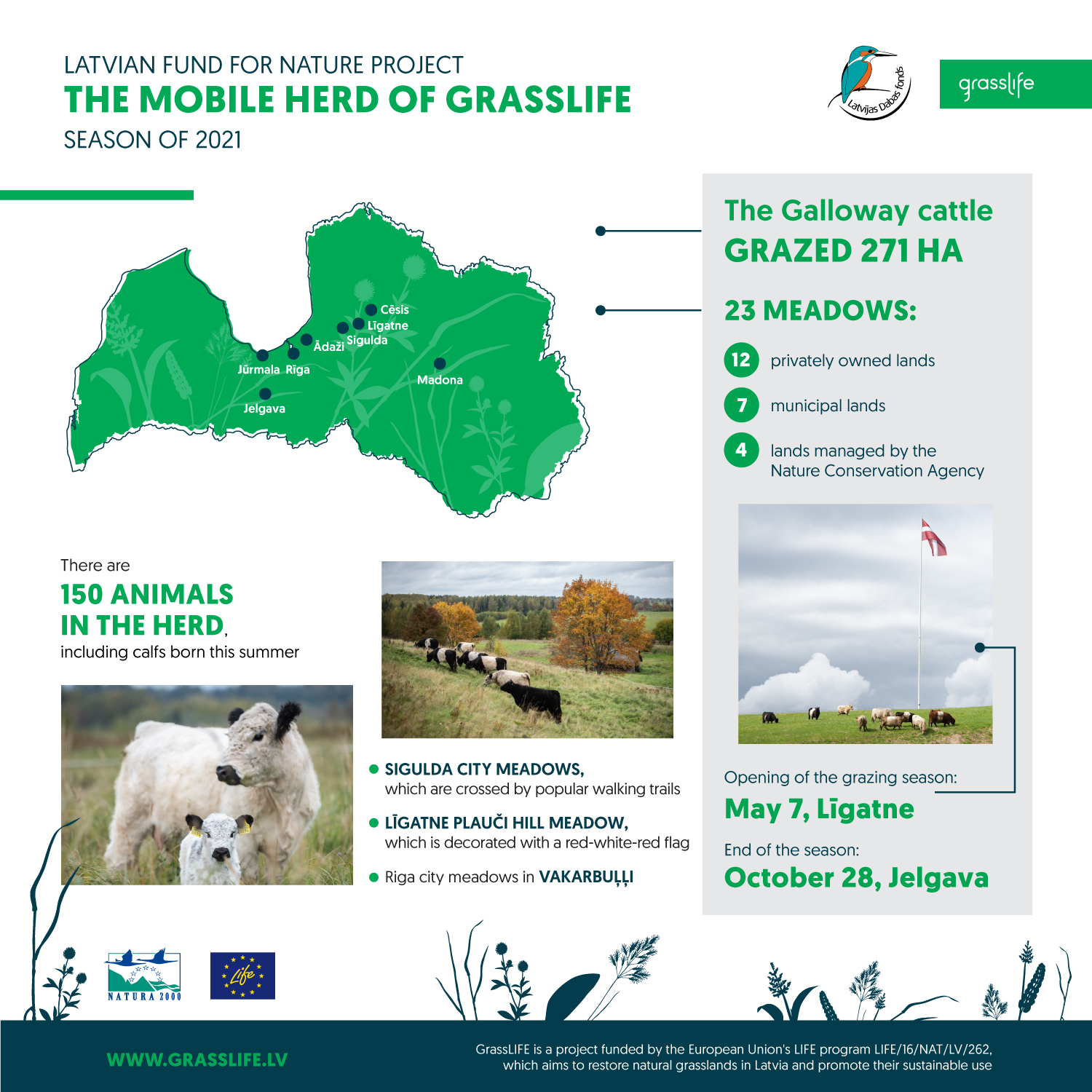This season, restoration works have been carried out in 23 meadows in the area of 271 ha
If initially it was planned to graze 20 meadows this season, then at the end of the year it turned out that the diligent employees of the restoration of natural meadows – cattle of the Galloway breed – had grazed 23 meadows in the area of 271 ha. 17 meadows the GrassLIFE herd visited repeatedly, and 6 meadows were grazed for the first time.
In winter, the herd, which now consists of 150 pasture animals, including calves born this summer, lives in Līgatne. Even on cold and snowy days, cows live in the open air, as their relatively long coat with thick wool provides good protection for the animals in bad weather. However, as soon as the grass grows in the regenerating meadows, the herd will be employed again.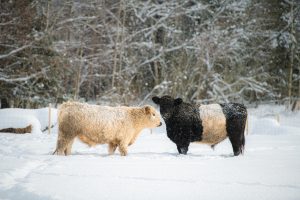
This spring the grazing season started on May 7, in the picturesque meadow of Līgatne Pluči Hill, which is decorated with a red-white-red flag. After that, the cattle worked in the meadow owned by Līgatne municipality next to the Līgatne ferry, where they delighted the residents and guests of the city.
The task of the mobile herd is to graze valuable natural meadows in different parts of Latvia, which are difficult to access for mowing or for some other reason are not managed as the natural meadows require. Grazing is one of the best ways to help meadows regain the diversity of plant species and the splendour of the usual meadow flowers. The mobile herd created within the GrassLIFE project helps the meadows to fulfil their ecological function – to be home to plants and animals, as well as to maintain soil health and a beautiful landscape.
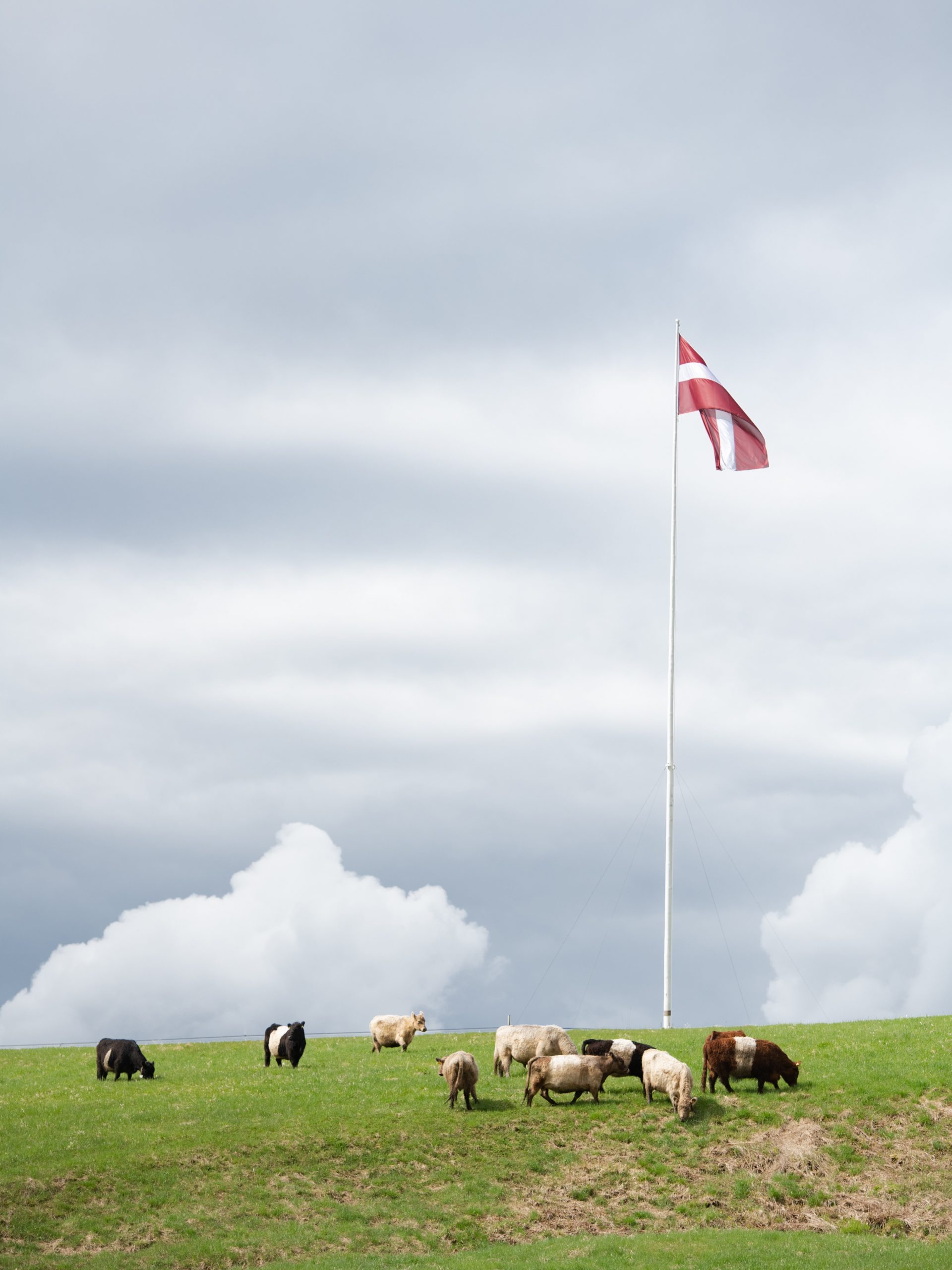
In May, the white-striped cows, many of which are named after meadow plants, such as Vetchling, Cranes-bill, Bedstraw, Bogbean and others, went to the popular natural meadows of Sigulda – to specially protected habitats: Fennoscandian wooded meadows in the Gulf Klauku, Fennoscandian lowland species-rich dry to mesic grasslands of the Black Shores, but in Balonu meadow – semi-natural dry grasslands and scrubland facies on calcareous substrates and a mosaic of lowland hay meadows and xeric sand calcareous grasslands.
‘The biggest impact of the restoration can be seen in the meadows that were grazed for the third season. For example, in the meadow of the city of Sigulda, the Black Shores, the prevalence of expansive species – wood small-reed, creeping thistle, common nettle and meadowsweet – has decreased somewhat during these years, but the occurrence of spotted St. John's wort and marsh crane’s-bill has increased. In addition, Sosnowsky's hogweed was no longer found in the vegetation inventory plots this summer. Its seed bank is probably still in the soil, but by not allowing their seedlings to grow and bloom, grazing animals successfully prevent their further sowing. It gives hope that by continuing the grazing, this species will be eradicated from the meadows in the coming years,’ says Baiba Strazdiņa, a grassland expert from the GrassLIFE project.

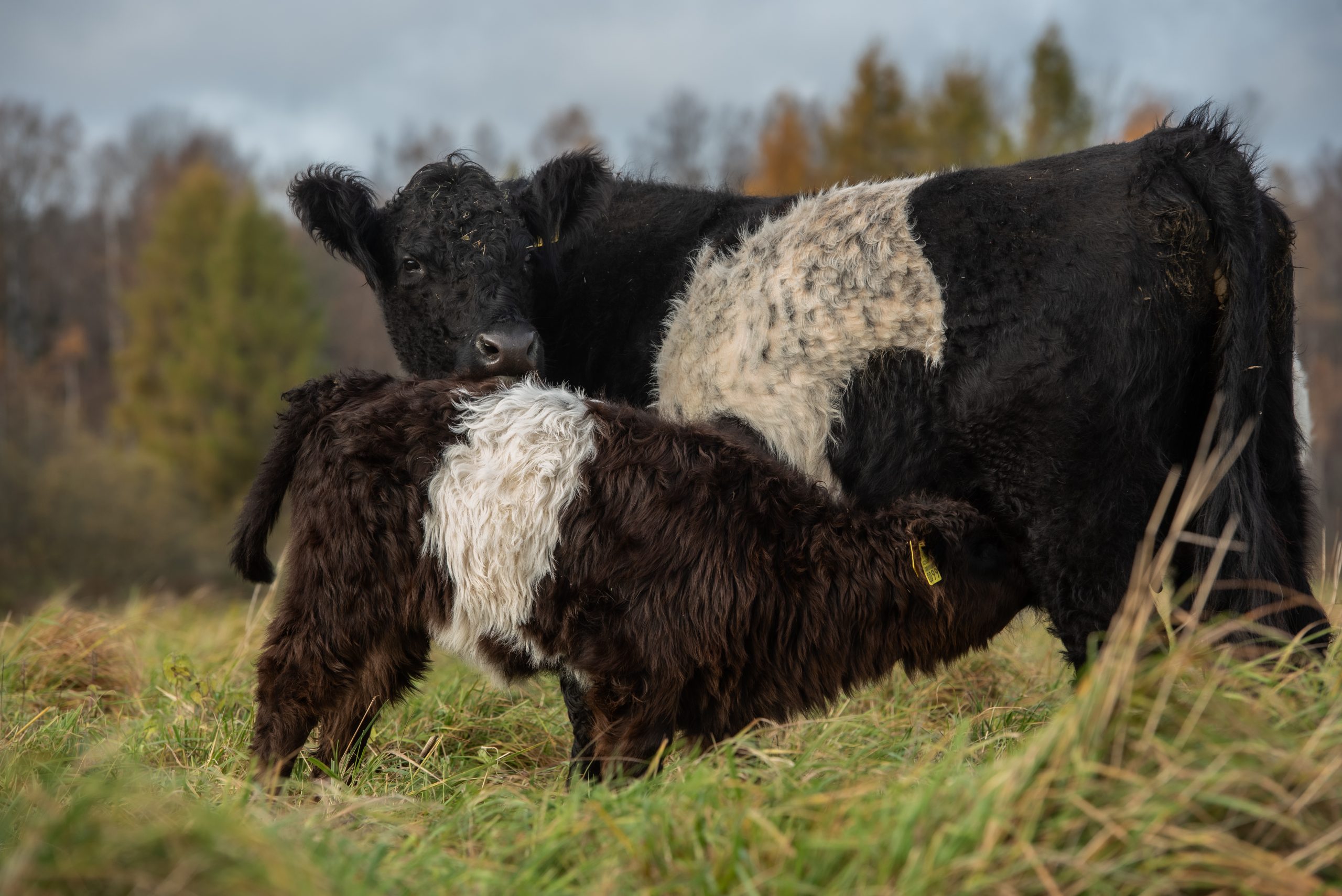
At the end of May, part of the mobile herd also went to Vakarbuļļi to graze the rare 28-hectare Boreal Baltic coastal meadow habitat. As the meadows managed by the Riga municipality are very difficult to mow with tractor equipment and it is also difficult to collect the hay, grazing is a good way to manage the Daugavgrīva grasslands. These grasslands are characterized by a great diversity of species and are home to protected plant species such as sea thrift, marsh angelica, mountain alison and shingled gladiolus. However, a large part of the territory has been taken over by common reed and meadowsweet, which suppress species diversity. The mobile herd helps to control them by eating the new shoots.
‘Grazing is an indispensable process in the structuring of Boreal Baltic coastal meadow habitats, which are necessary for meadow waders, amphibians and habitat-specific plant species. Taking into account the increased humidity of the meadow, grazing is in fact the only way to ensure that there is very low grass in the spring and open shores of rivers and hollows flooded with salt water,’ continues Baiba Strazdiņa.
For about a month, eight cows of the Galloway breed with six calves and a bull Bo also grazed in the Priedaine meadow in Jūrmala city, which corresponds to a specially protected habitat Boreal Baltic coastal meadow and is very rare in Latvia – its total area does not exceed 180 ha.
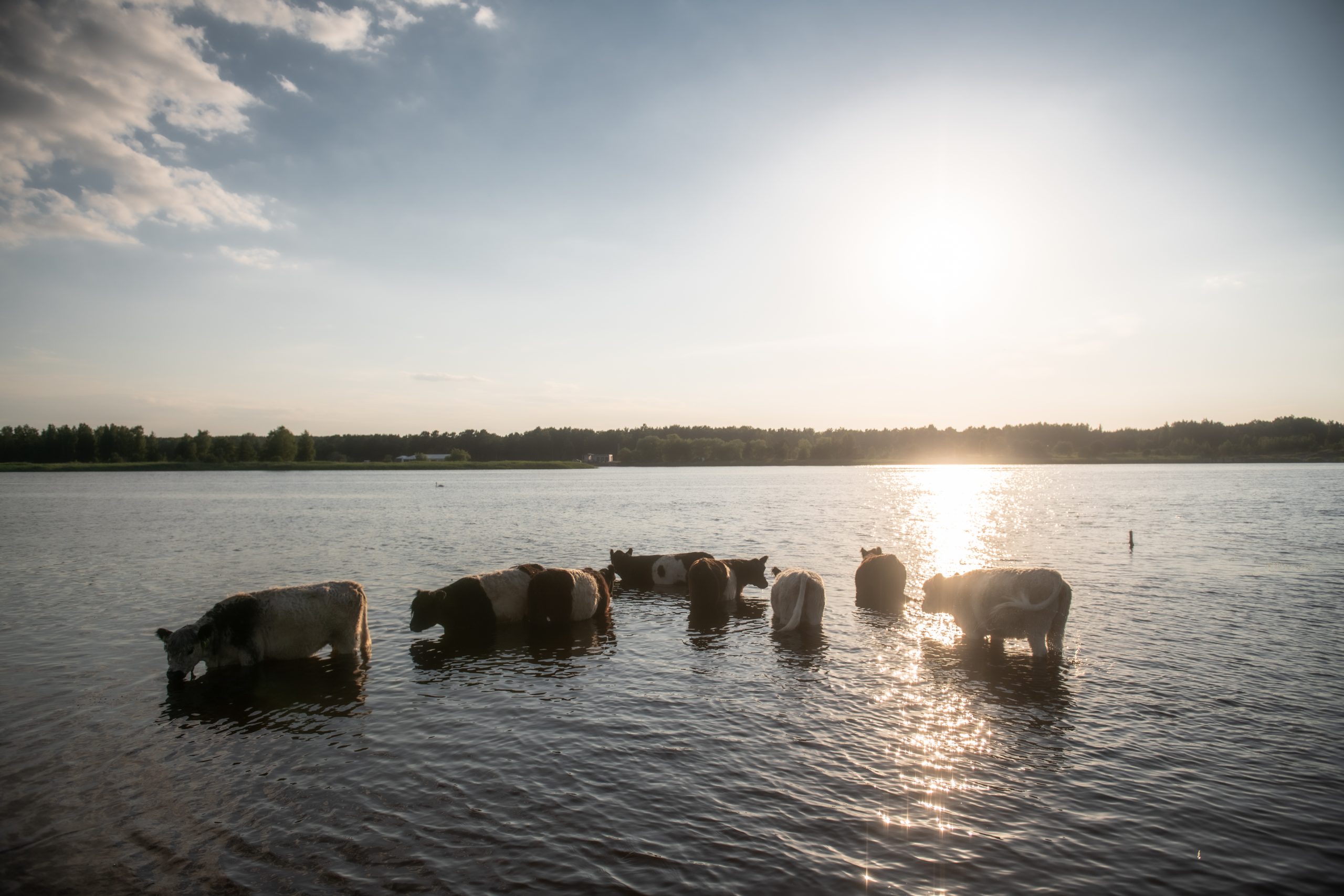
Photo: Kristaps Kalns
From the meadow in Vakarbuļļi, on July 12, the herd went to the natural meadow of the Mangaļi manor park on the shore of Lake Ķīšezers, where the visitors of the park were delighted. The cows in the mobile herd are friendly, they have accustomed to the presence of people. The pastures are regularly monitored by the herd coordinators, and the cows are equipped with transmitters so that they can be monitored remotely. Grazing of the regrown grass after mowing or grazing is a centuries-old practice that has allowed grasslands to become a beautiful and species-rich ecosystem. Also, this season, the mobile herd was found in the Northern Boreal alluvial meadows of River Lielupe in Jelgava, in the Kuja and Aiviekste floodplains in Madona region and in Egļukalns and Bākūžkalns in Vestiena region.
